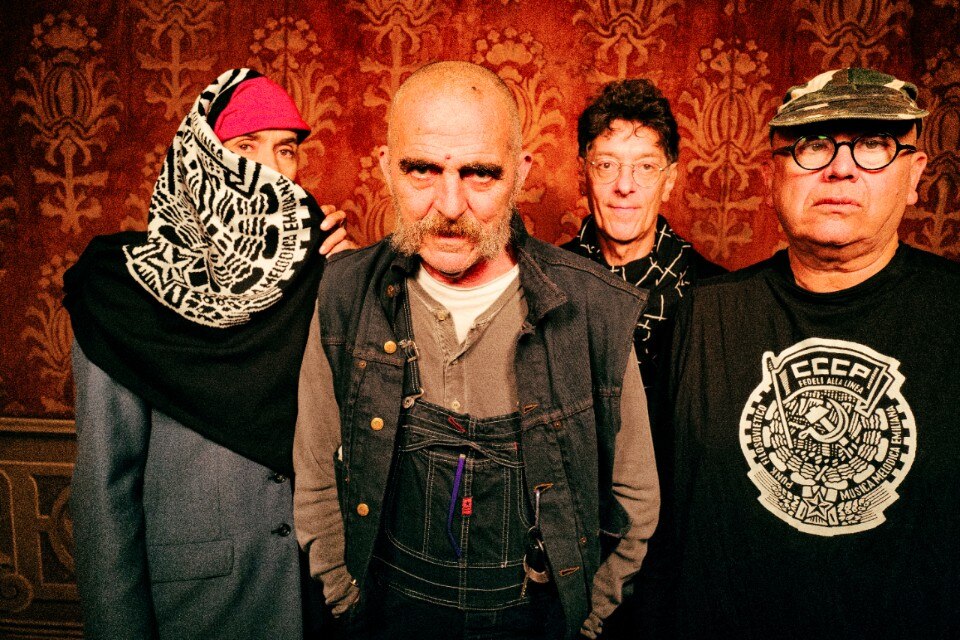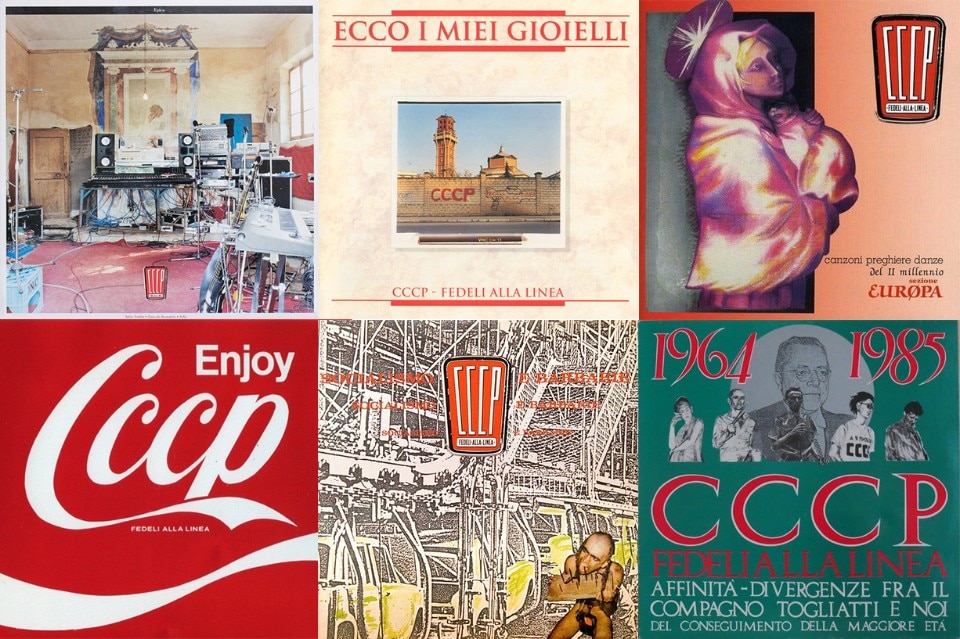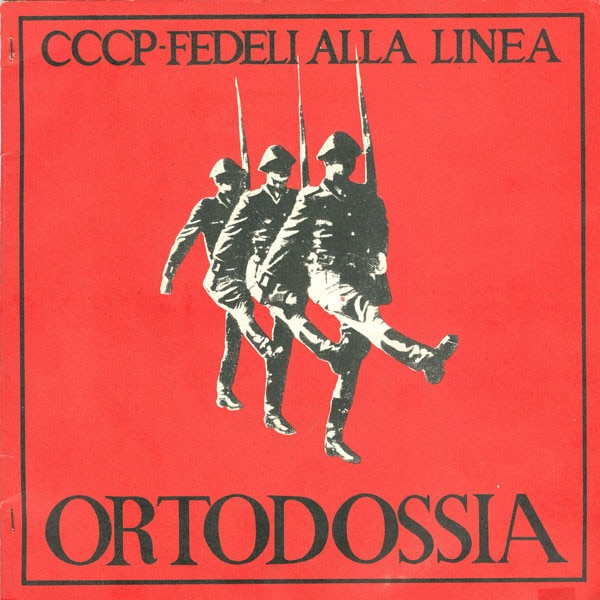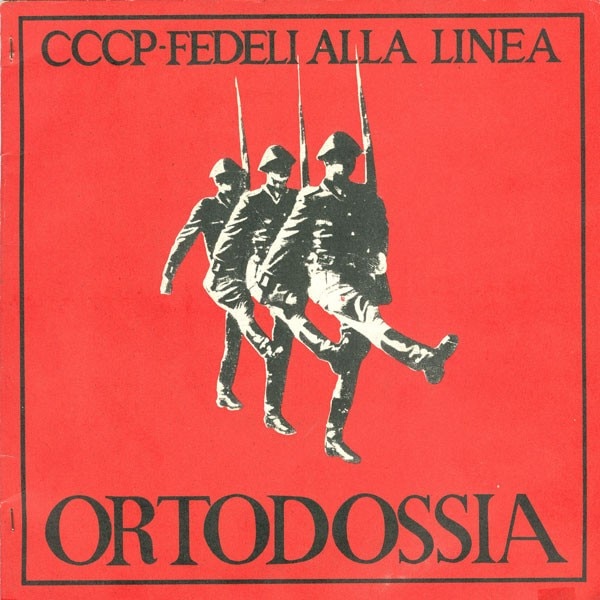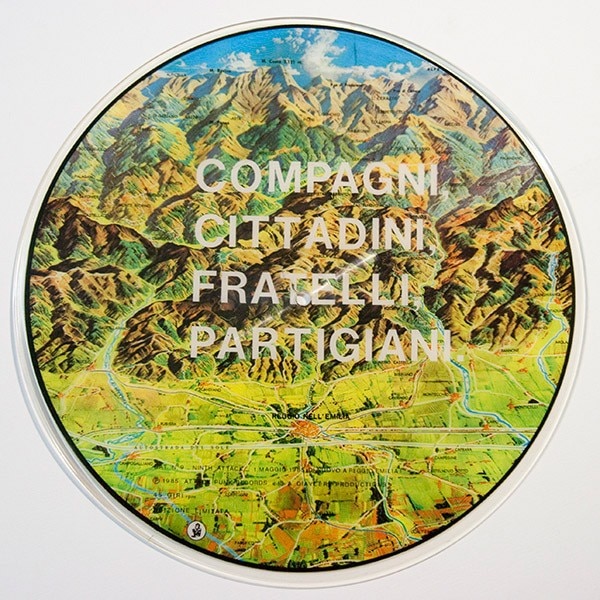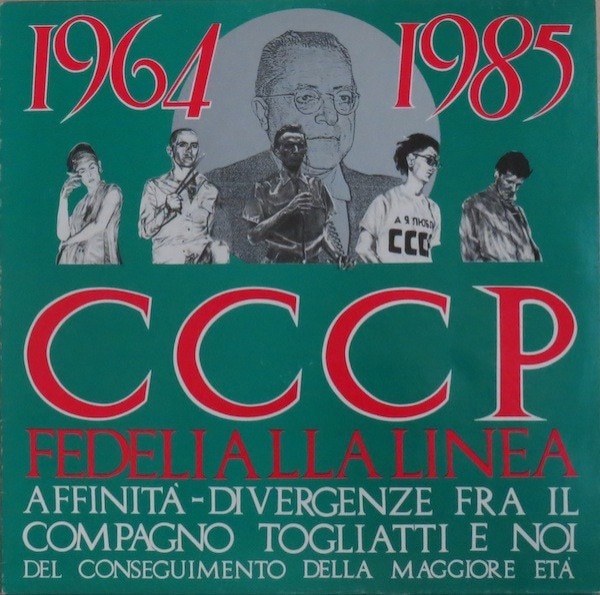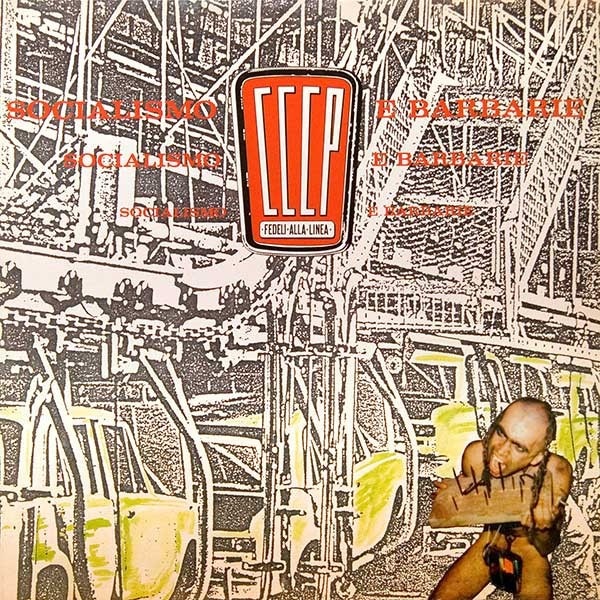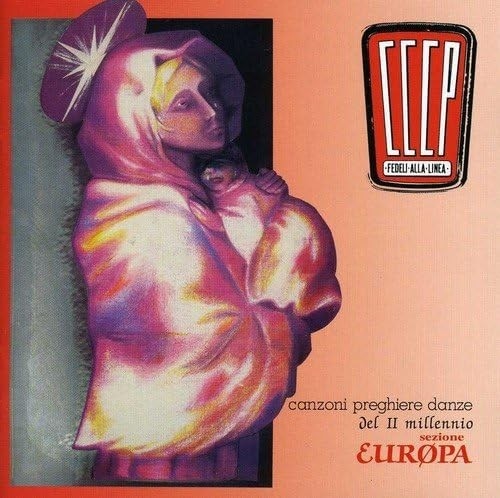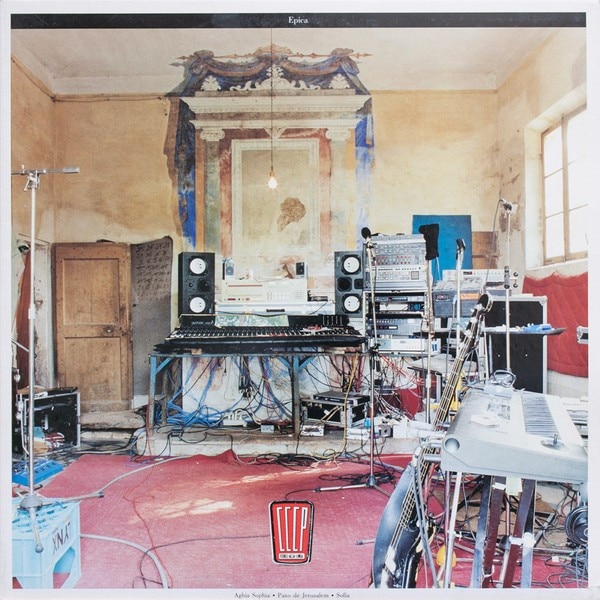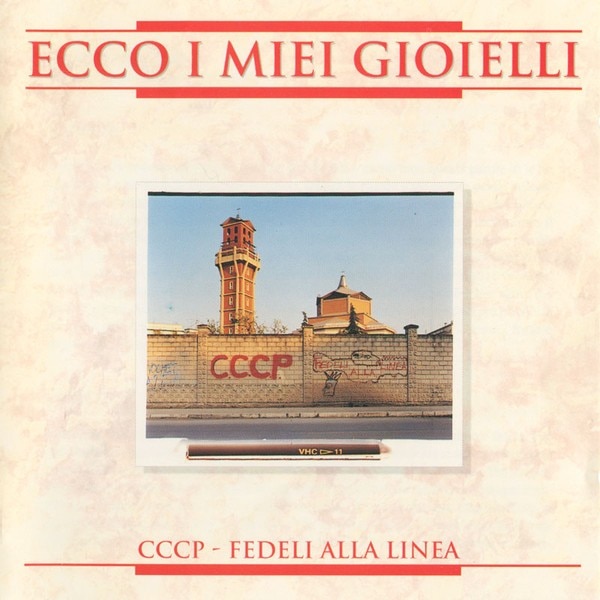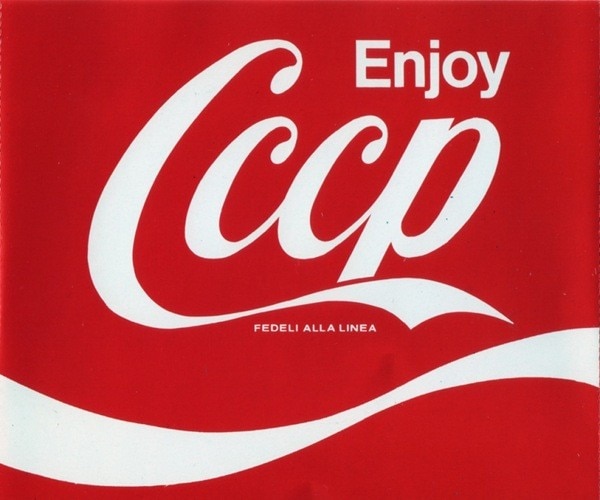By the early 1980s the Via Emilia – the ancient Roman consular road that bridged Rimini, on the East Coast, with Piacenza in the Po Valley – appeared to the eyes of the local population as something in the fashion of a rural Sunset Strip. Its 182 Roman miles were punctuated by abandoned farms and railroad shelters, but also by warehouses and neon-lit signs of dance halls and discos. They stood as the new simulacrum of a population that, in the aftermath of WWII, had found redemption in the hammer and sickle of Pci, the Italian Communist Party, but that at the same time couldn’t help but see in those kilometres a Lambrusco-sipping Sunset Boulevard. And in the Adriatic Coast a “bright, lively and sparkling Nashville”, as Emilian author Pier Vittorio Tondelli noted with sociological accuracy.
Those were years of sociopolitical sliding doors, even for the most leftie of Italian regions. In a gonzo yet enlightening interview published in 1984 on underground art magazine Frigidaire, Raoul Casadei – the king of Liscio, the traditional folklorist music genre of Emilia-Romagna – states: “I vote communist, but one day I hope to vote socialist”. The statement came as the Italian Socialist Party was shedding its skin, opening to a roaring season of wealth that mirrored the American liberalism of Reagan.
In the very same year was released Ortodossia, the debut 45rpm by CCCP, a band of Emilian kids that, after cutting their teeth in Berlin, crowned themselves as the ambassadors of a “pro-Soviet punk”, dubbing their outfit as Fedeli alla Linea, “faithful to the line [of the Ussr]”. In a land that was turning its head to the American dream, their ethical manifesto revolved around the rediscovery of the European roots of Italy. A Europe to be intended as a macro-region that stretched well beyond the Berlin Wall, inglobating all the Soviet countries and extending as far as Islam. All areas that belonged to the European subconscious, which in those years were being rediscovered by the youth of Emilia-Romagna.
That very same Punk Islam the band sang about, prophetically seen as the son of a Europe in which Turkey and Germany were the hybridization of a sole culture, like the band members argued after living in Kreuzberg. “Now, if the prairie turns into taiga, tundra or steppen, does something truly change or not?”, asked himself Tondelli at the end of his article about the band, one of the first to be written in Italy, and later published in the posthumous collection of essays Un Weekend Postmoderno (Bompiani, 1990).
.jpg.foto.rmedium.jpg)
Forty years on, in Reggio Emilia, the Chiostri di San Pietro, host “Felicitazioni!”, an exhibition that traces the artistic history and legacy of CCCP - Fedeli alla Linea. To remind us of the band’s farsightedness, just a few hours earlier came the joint appointment of Italy and Turkey as host countries of the 2032 Euros. The exhibition, promoted by Fondazione Palazzo Magnani and the Municipality of Reggio Emilia, is curated by CCCP themselves, with a flawless set up by Stefania Vasques and light design by Pasquale Mari and Gianni Bertoli.
Across 28 environments, installations by contemporary artists, including Roberto Pugliese, Arthur Duff, Stefano Roveda and Luca Prandini, alternate with precious and often unpublished archive ephemera. There are photographs, amateur and promotional footage, stage costumes, sketches of vinyl artworks, magazines, fanzines and (more or less flattering) newspaper headlines, pins, flyers and posters, even a previously unpublished track, unearthed from a miraculously retrieved and restored 1983 live tape. Pretty much everything on display is the outcome of over a decade of archiving and preservation orchestrated with determination by the band’s only female member Annarella Giudici, and today, as frontman Giovanni Lindo Ferretti jokes, “CCCP’s testamentary custodian”.
Room after room, a parallel but not apocryphal Emilian psychogeography emerges. The vision of four young musicians - Giovanni, Massimo, Annarella, Danilo - who synthesised with punk irreverence and post-modern stratification an epic and an iconography that brought together the Apennines of army choirs, the Emilian countryside of Liscio dance halls and of work tools, here elevated to the status of performative mediums, with Xerox-printed paper cut-outs and the concrete of Soviet brutalism. Cow chains used as belts, the yoke to accompany the dances, hammers, sickles and bicycle wheels, the Bersagliere helmet sported by Annarella with a black leather biker jacket, the chassis of a rusty Fiat tractor. Emilian-Soviet simulacra that re-emerge from sheets sketched with situationist precision by Danilo Fatur and then brought back into the present around a totem, a beech trunk pierced with nails like a half-spiritual, half-punk Saint Sebastian in the centre of the room dedicated to the album Socialismo e Barbarie (1987).
.jpg.foto.rmedium.jpg)
A conceptual thread that can be traced in the twenty-eight photographs, almost all unpublished, by Luigi Ghirri taken at Villa Pirondini to narrate the band’s latest album Epica Etica Etnica Pathos. As the footage of a Ghirri-shot unpublished home video rolls, Annarella poses against the wall of the abandoned 18th century mansion which the group took over to record their swan song, in what CCCP define as “a before without an after”. It brings to mind the candour of her youth in Fellegara, the first home of CCCP. The Emilian countryside barn that became a recording studio and, before that, a meeting place for crafty punks, farmers, budding journalists in search of an intellectual future. “Not a commune, but a communal house that went mad as it aged”.
Embodying the band’s identity, both graphic and musical, is a July 1987 headline in Italian newspaper Corriere della Sera: ‘Liscio and punk dreaming of the USSR’.
Among the most illustrious pieces that punctuate the magnificent display is the large octagonal table that once belonged to the Reggio Emilia headquarters of the PCI and at which, it is rumoured, [Italian communist leader] Togliatti sat. Built by communist workers under the fascist regime, it was abandoned and defaced so that it would not fall into the hands of the partisans after the fall of Mussolini, only to be later rehabilitated by the party. This and other objects rescued from its historical headquarters (like a Lenin bust), embody first of all with the materiality of their wood and iron all the weight of the 20th century in this corner of Italy. But also what, symbolically, the group incarnated with their enigmatic but deflagrating austerity in the Italian countercultural scenario.
.jpg.foto.rmedium.jpg)
The flyers, tapes, and photographs sketch a map of an Italian underground that from the paranoid Emilia – as CCCP sang – of Carpi’s Tuwat club, and of their historic debut on a fascist-style balcony in Santarcangelo di Romagna, to Florence’s Flog, carrying on South to Melpignano, Puglia, home of Le Idi di Marzo, the first Italian pro-Soviet rock festival, and culminating in March 1989, just a few months ahead of the fall of the Berlin Wall, in Moscow and Leningrad.
On display one can admire the work and armywear that CCCP first glamourised in Italy, at a time when the post-punk youth had a fascination for all things military including uniforms, shirts, coats, overalls and their shades of beige, green and grey influenced by the decadent charme of the Weimar Republic revival. The very same the band members still wear with grace these days.
“We used to go to the Montagnola (Bologna’s historic flea market) to buy military clothes,” says Fatur, a master at dressing (and undressing) to provoke and scandalise. Going beyond militaria, on display also are Annarella’s constructivist space race clothes, with their Red Starred yè-yè refinement, as well as bridal and wartime nurse ones.
All this ephemera serves to underline how the greatness of CCCP is also to be found in their performative, graphic and aesthetic dimension, often overlooked but undoubtedly the most current, irreverent, deflagrating. As a matter of fact, on the occasion of the exhibition CCCP were the subject of a capsule collection, the second, designed by Slam Jam, the fashion and cultural hub founded in 1989 in nearby Ferrara, at the tail end of the Italian punk season.
.jpg.foto.rmedium.jpg)
Speaking of '89: a portion of the Berlin Wall towers seraphically beside an old Trabant to welcome the visitors, ripping through the silence of the cloisters with its iconographic force.
“When the piece of the Berlin Wall arrived, I saw grown men crying. This is Emilian communism: it meant getting out of serfdom, it meant redemption. It is the opposite of erecting walls,” comments the group's guitarist Massimo Zamboni.
His words clash with what remains of the Via Emilia today: the once bursting discos and dance halls are concrete carcasses devoured by thorns as a consequence of the capitulation of music as a collective urge. In other cases they have become warehouses and supermarket car parks, the faded legacy of that American dream that occasionally resists in the signs of slot parlours and bingo halls. Above all, Miss America with its reproduction of the Statue of Liberty, just a few kilometres from the Italia in Miniatura theme park and its nearby Mc Donald’s.
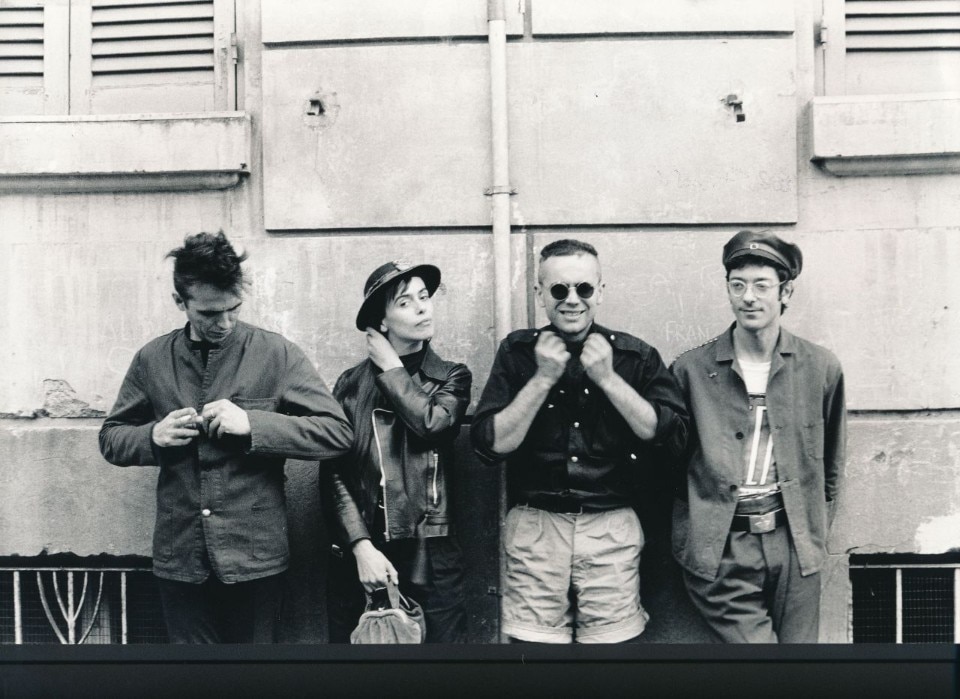
The exhibition comes in a post-ideological, post-industrial time, seemingly far removed from the group’s original assumptions, but no less divisive. Yet perhaps more apt to finally and thoroughly understand, beyond any political constraint, the oeuvre of the band.
“History is not ending, it’s taking its revenge,” Ferretti reflects, “Everything that was supposed to bring democracy with the collapse of the ‘great empire of evil’ has turned into one big bloodshed. Yet we are alive and if there is no one left to enjoy our work, who cares, we will have made a beautiful mandala.”
Defined by CCCP as their "last static performance", the exhibition stands as an important precedent in Italy in matters of giving voice, with great curatorial taste and with instituional support, to a theme belonging to the country's countercultural history.
Felicitations, thus, to CCCP and Reggio Emilia, “the most pro-Soviet of the provinces of the American empire”, as these four punks used to provocatively claim forty years ago.
